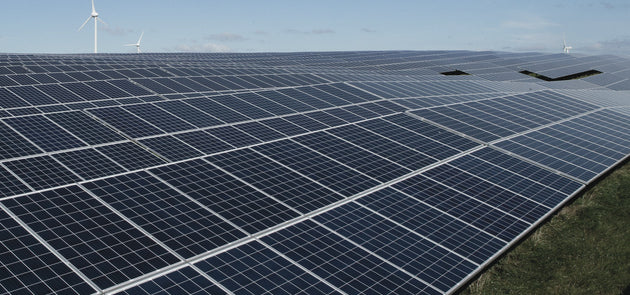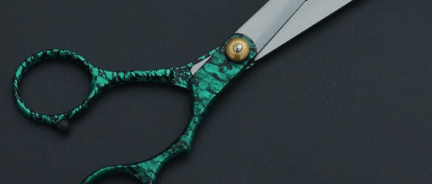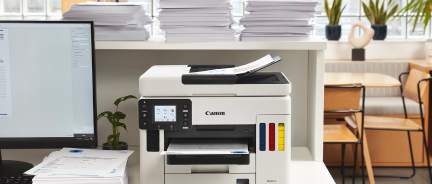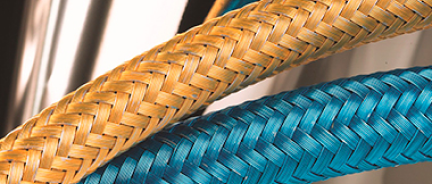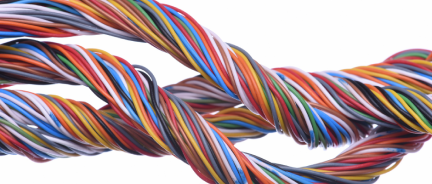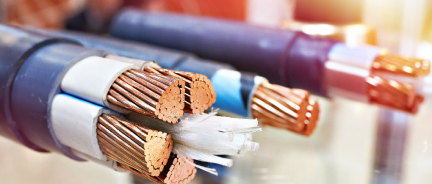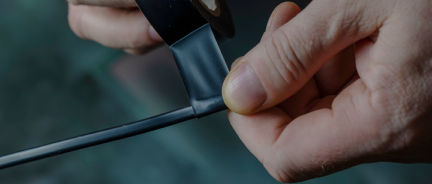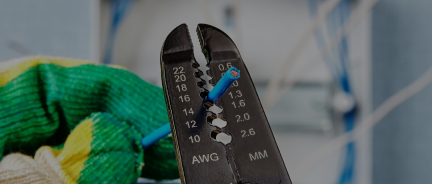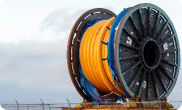Explaining NEC Article 210 On Branch Circuit Requirements
NEC Article 210 focuses on the essential requirements for the installation of branch circuits, which are the circuits that deliver power from the last overcurrent device to outlets and other loads. This article is foundational for understanding how electricity is distributed safely in various settings.
A branch circuit is the portion of the wiring system that extends beyond the final overcurrent protection device (such as a breaker or fuse).
Types of Branch Circuits (210.3)
NEC 210.3 defines three main types of branch circuits:
General-Purpose Branch Circuits
These are used to supply lighting and receptacle outlets throughout a building. They are common in living rooms, bedrooms, and other general-use spaces. They are rated at 15 or 20 amps.
Appliance Branch Circuits
These are used with one or more appliances, such as kitchen appliances, washers, or window air conditioners. They can be anywhere between 20 and 30 amps, depending on the load. These supply multiple loads, like a dishwasher and a garbage disposal, if they’re on the same circuit and the total load is within limits. Appliances can share a neutral and can have receptacles (e.g., an outlet behind a refrigerator). The circuit must be sized appropriately to accommodate circuits without overloading.
Individual Branch Circuits
These serve a single, specific larger load such as a water heater, electric range, or central air-conditioning unit. The connected equipment that uses individual branch circuits has its own full-capacity supply without sharing with other devices. No receptacles allowed on individual branch circuits, just a hardwired connection.
Conductor Sizing and Overcurrent Protection (210.19 & 210.20)
NEC 210.19 requires conductors to be sized based on the maximum continuous load plus 125% of that load if the circuit serves continuous-duty equipment (defined as equipment operating for three hours or more). In practice, this means that if a motor draws 16 amps continuously, the conductor must be rated for at least 20 amps (16 × 1.25).
NEC 210.20 requires overcurrent protection devices (breakers or fuses) to match the ampacity of the conductors:
-
15 amps: Lighting and receptacles in living areas and bedrooms
-
20 amps: Kitchens, bathrooms, laundry rooms, and dedicated appliances
-
30 amps: Water heaters, dryers, or similar heavier loads
Receptacle Outlet Placement (210.52)
NEC 210.52 also deals with the proper placement of receptacles in different areas:
-
General Living Areas (210.52(A))
Receptacles must be installed so that no point along any wall line is more than 6 feet from an outlet. Any wall 2 feet or longer must have a receptacle. This rule is introduced so that households do not rely on extension cords.
-
Kitchens (210.52(C))
Countertop receptacles must be no more than 4 feet apart. There must be at least two 20-amp small appliance branch circuits serving the kitchen, pantry, and dining areas. Receptacles must be placed within 24 inches of any point along a countertop. All of this is to support a large number of high-demand appliances that are found in the kitchen.
-
Hallways (210.52(H))
Any hallway longer than 10 feet must have at least one receptacle.
-
Bathrooms (210.52(D))
Each bathroom must have at least one 20-amp GFCI-protected outlet within 3 feet of the sink basin.
AFCI Protection (210.12)
AFCIs (Arc-Fault Circuit Interrupters) are required in most living areas, including bedrooms, dining rooms, family rooms, and hallways. They help reduce fire risk from arcing faults caused by damaged wires or insulation.
Exceptions include garages and outdoor locations, which require GFCI instead of AFCI. Other places, like dedicated circuits for appliances in unfinished basements or certain commercial buildings (office buildings, retail stores, etc), are also exempt from AFCI protection unless a local code requires it.
Circuit Identification and Conductor Colors (210.5)
Here are the rules for clear identification for all branch circuits:
-
At the panel, each circuit must be labeled to distinguish it from others, typically using a directory (a list attached to or printed on the inside of the panel door).
Here are the conductor colors:
-
Hot (ungrounded): Black, red, blue (120/208V); brown, orange, yellow (277/480V)
-
Neutral (grounded): White or gray
-
Grounding: Green or bare copper
Cable Types Used for Branch Circuits (210.3 & 210.5)
NEC Article 210 permits the following common cable types:
-
NM-B (Nonmetallic-Sheathed Cable): Used for indoor, dry locations in residential buildings, mainly for general-purpose lighting and receptacles.
-
UF-B (Underground Feeder Cable): This one is suitable for underground applications, and applications in wet environments. It is often used for outdoor circuits.
-
MC Cable (Metal-Clad): This is a go-to choice for commercial/industrial settings and multi-unit dwellings where additional physical protection is necessary.
-
THHN/THWN-2 Conductors in Conduit (EMT, RMC, or PVC): Standard for commercial installations and required where conduit protection is specified. Suitable for pulling through conduit systems.
Each cable type must meet conductor ampacity as outlined in NEC Table 310.16.
Applications by Space
NEC Article 210 also guides how circuits should be allocated based on space usage:
-
Kitchens require at least two 20-amp small appliance branch circuits (GFCI-protected). Larger fixed-in-place appliances (think dishwashers, microwaves, and garbage disposals) often need individual circuits depending on the combined load.
-
Bathrooms must have a dedicated 20-amp GFCI-protected circuit for receptacles. Lighting may share a circuit if the load allows.
-
Bedrooms, living rooms, and dining areas all require AFCI protection. Receptacles must meet spacing rules, and wall switches usually control the lighting.
-
Garages, unfinished basements, and outdoor areas have receptacles that must be GFCI-protected and rated for the environment (e.g., weather-resistant for outdoors).

To conclude, NEC Article 210 ensures that branch circuits are installed for safe and reliable operation. From sizing conductors to placing receptacles, every detail matters.
Nassau National Cable supplies NM-B, UF-B, MC, and THHN/THWN-2 cables that meet all NEC Article 210 requirements for branch circuit installations.





